Culture
All at Once: An Interview with Tristan Eaton
Acclaimed artist Tristan Eaton discusses his life, passions, and growth through new show ‘All at Once’, which is happening now at the Long Beach Museum of Art.

Most artists’ lives exist in several chapters. First comes the discovery phase, where the creator begins to recognize their creative voice, and the possibilities art offers, as they begin to realize their purpose. Next comes the grind portion, where they put their head down and try to find their voice, and their space within the larger community.
From there, for the lucky few, comes the stride—where larger adoption and mainstream acceptance sets in, and it begins to seem like anything is possible. While many artists find their stride, fewer find the ability to transcend that initial niche and develop their voice across mediums. When we talk about artists transcending, and the modern greats like Kaws, Shepard Fairey and Banksy, Tristan Eaton is rarely left out of the conversation.
Born on the tail end of the ’70s, and witness to the rise and fall of some of the most iconic movements across the pop and counter-culture movements that have influenced so much of today’s aesthetic, Eaton is an American artist, illustrator and designer, although none of those titles are quite encompassing enough. With past work displayed everywhere from underground toy shops to the Super Bowl, not to mention having been shown just outside Earth’s atmosphere in actual space thanks to one of Space X’s trips to ISS, there are few mediums he hasn’t explored, and, frankly, propelled.
Though many people, especially in major cities, will be familiar with his multi-story, intricate street art, Eaton’s career has spanned toy and sculptural design, comic and traditional illustration, brand and logo work and far more areas of the craft than even those of us paying attention often realize. Now showcasing highlights from his entire body of work at the Long Beach Museum of Art until October 3, his new show All at Once is a masterclass on what one creative mind can do.
I sat down with Eaton to discuss his life, career highlights and this new retrospective show recently. Here’s what I learned.
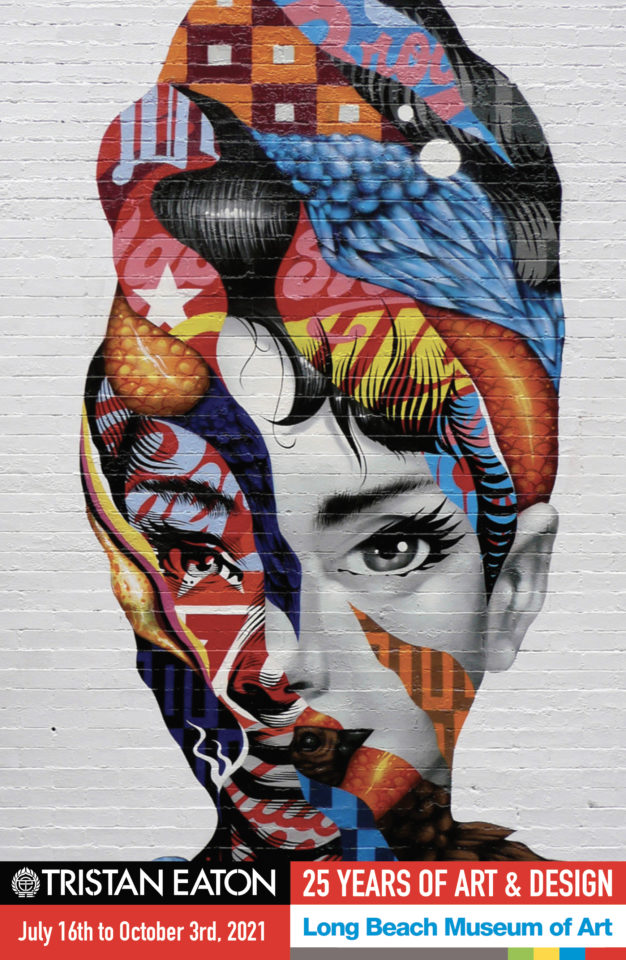
Creative and Destructive
Though he was born in Hollywood and is showing in Long Beach, Eaton’s roots are spread far past Southern California. Having spent his childhood years in England and Detroit, and then a decade and a half in New York, his background and influences run the gamut. In his own words, “I have East Coast, West Coast, Midwest and London.” In mine, he’s no stranger to cultural hot spots.
While he grew up admiring graffiti artists, his earliest memories of the space were actually of not being able to participate.
“My brother started a graffiti crew in like, 1990 in London.” Tristan told me. “We were all skaters before that, but it was, like, overnight; everyone stopped skating and started doing graffiti, but I was too young… I was, like, 12, and everyone I skated with was 16. So, I learned about graffiti then, and I was really attracted to the character design in graffiti. The B Boy drawings, all of that, more than the letters, frankly. I’ve been the odd one out in the street ever since.”
He continued, “I really loved artists like Mode2 and Doze Green who did great characters, but I didn’t really get to paint in the street myself until I got to Detroit in the mid-’90s. By that point, I was already dosed up on comic books, underground comics, especially graffiti, skateboard culture graphics from like Vision, Santa Cruz and all that. Underground art fueled my tastes at a really young age, and there was something about graffiti that gave me the same feeling that I got from skateboarding, which was the ability to be creative and destructive at the same time.”
From humble beginnings hitting walls and drawing comics for the underground counterculture magazine Orbit in Detroit, eventually Eaton relocated to New York to pursue his professional career. Before linking up with Kid Robot and helping evolve the brand into the toy empire we know today, Eaton was forced to make much of his way himself—the old fashioned way.
“I was at the tail end of the traditional, old-fashioned illustrators’ way of making a living, which was where you take your portfolio to the magazine’s headquarters; you’d ask for the art director and leave a copy there for him.
“I would go to the magazine store and look at all the magazines I wanted to work for as an illustrator. I’d open them up, go to the masthead, look for the A.D., get his name, and go to the office. This was in New York City I was doing this—the Source Magazine, XL, Trace, Vibe, you know—you name it. To the record labels too, like, I was down to do anything.”
It was around this time his love of stereoscopic 3D started to present itself.
“My first-ever solo art show in New York at Soma Gallery was actually a 3D show—the whole show was 3D. I think that it goes to my psychedelic side—as a teen I was really into psychedelia, and the art around psychedelia. (I grew up selling hash and smoking weed.) I found 3D to be something that has this wow factor to it that a lot of other art didn’t. There’s also some nostalgia to it—I remember being a kid, and Elvira had these Monster Movie nights, and you’d get the 3D glasses from the 7-11 for that night of TV. I love the nostalgia of that.
“I didn’t have a computer until well into my career. When I worked at the Highway Press, I learned how they did their separations; I learned how they design their posters, and it was all computer-free. I would basically do an ink drawing, have a film made of that, then lay my Rubylith on top. Once it was laid out, then I’d even use a toothbrush to do a sparkling effect on the Ruby, and then do screens from those and move on.”
Flash forward to today, with over 125 murals under his belt and Thunder Dog, his creative agency that also makes its own toys. It’s a much different process.
“You know, necessity is the mother of invention, so as a result, I learned lots of techniques, lots of ways to hustle, and lots of ways to make art and deliver as an illustrator without a computer. THEN I self taught Illustrator and Photoshop, and now, I’m happy to say, in Illustrator, you know, I’m just playing the piano… ”
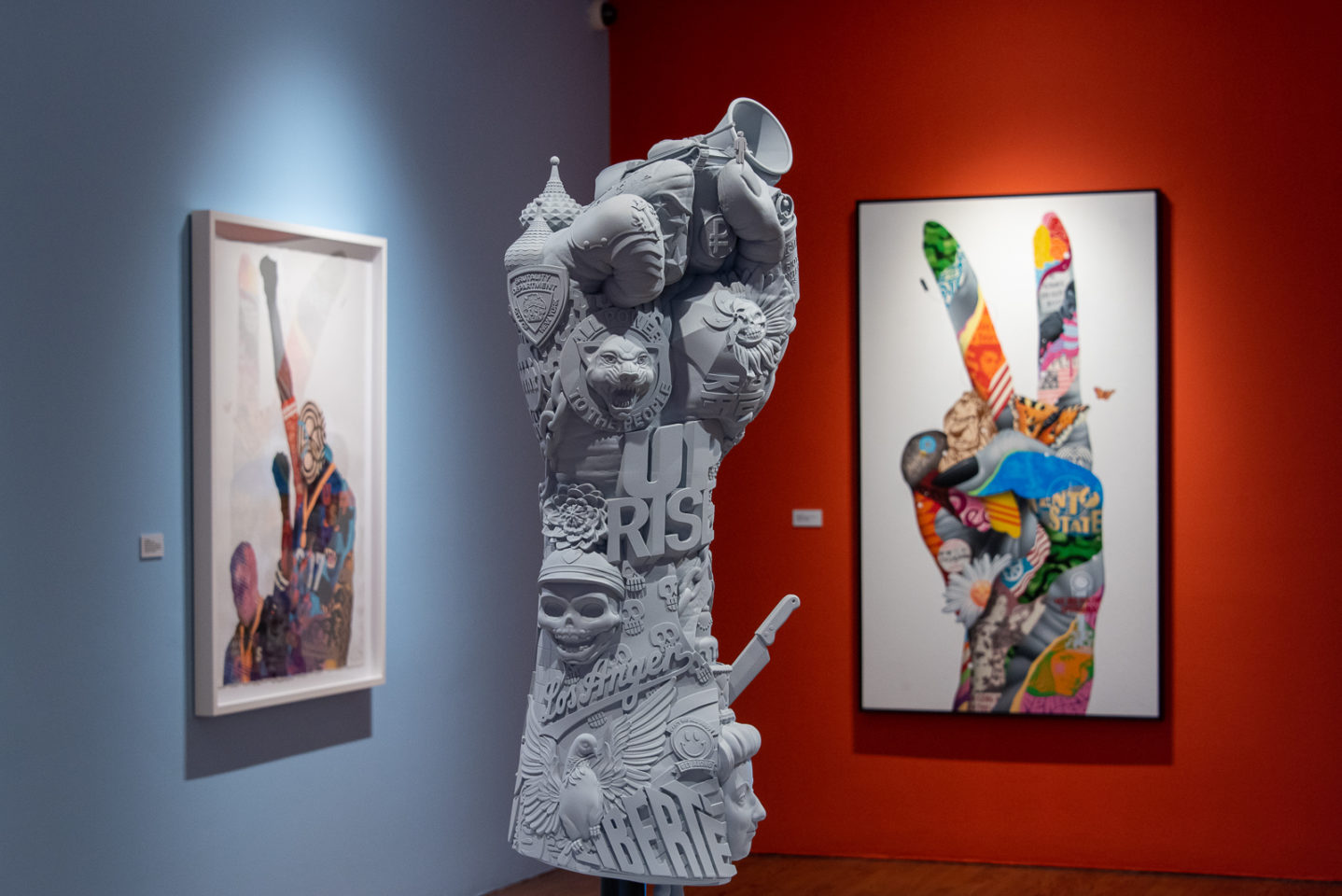
No Stencils, No Tape
“For me, all I ever wanted to be when I grew up was good at spray paint,” Eaton tells me, but boy, does he not make it easy on himself. While advertising agencies are making multi-story murals through a process that involves making a grid over the larger image and then hand-painting small sections at a time, Eaton won’t even tape his lines.
“I hate using anything—I don’t want to carry tons of tools and supplies—but it’s also so much more satisfying to pull off a gigantic, intricate, clean mural the same way people were painting trains 40 years ago—a man, a can and a wall is what I’m going for.”
Utilizing the help of his friends Drop Dead Grace, Shane Jessup and Rage from the Ink Heads (a Miami graffiti crew), almost all of the murals you see gracing skylines across the globe were done entirely freehand. That kind of can control is not easily mastered, but is a skill that was essential for Eaton to learn given his creative process. While the team will still lament some of his crazier requests, like stories-tall circles, what they’ve managed to pull off impresses art fans from any demographic.
“I do a lot more writing than sketching. I write down ideas; I write down phrases; I write down concepts. Sometimes, the overall idea is all I need,” he said pridefully. “I’m very good at that these days, you know, doing the hard work mentally, and visualizing it.”
However, he understands the importance of the development of each piece, and while he’s glad to not spend as much time sketching as he used to, he appreciates the (to quote the great Bob Ross) “happy accidents” that come from bringing the art to life.
“I’m very aware that in the process things will change, and you have to allow for new ideas to come to you in the middle. And for things to not work out, and to switch gears. I enjoy that part a lot, you know? I’d rather problem-solve halfway through, assemble the airplane in midair, than have to sketch it out in a boring manner at the beginning and not have any surprises.”
The results of these mid-air constructions Eaton has undertaken often present themselves as vibrant, multi-layered and textured, yet photo-quality portraits of the grandest scale. Each piece plays with depth, creating an almost 3D collage-type feeling, without even having to break out his stereoscopic secret weapons.
“It’s the one art form that you can’t really practice at home, and you can’t really practice without the danger of going to jail… It actually bothers me that there isn’t more facility for kids in inner cities to learn this art form that’s made people they look up to rich and famous—like Futura, Keith Haring, Basquiat,” Tristan lamented.
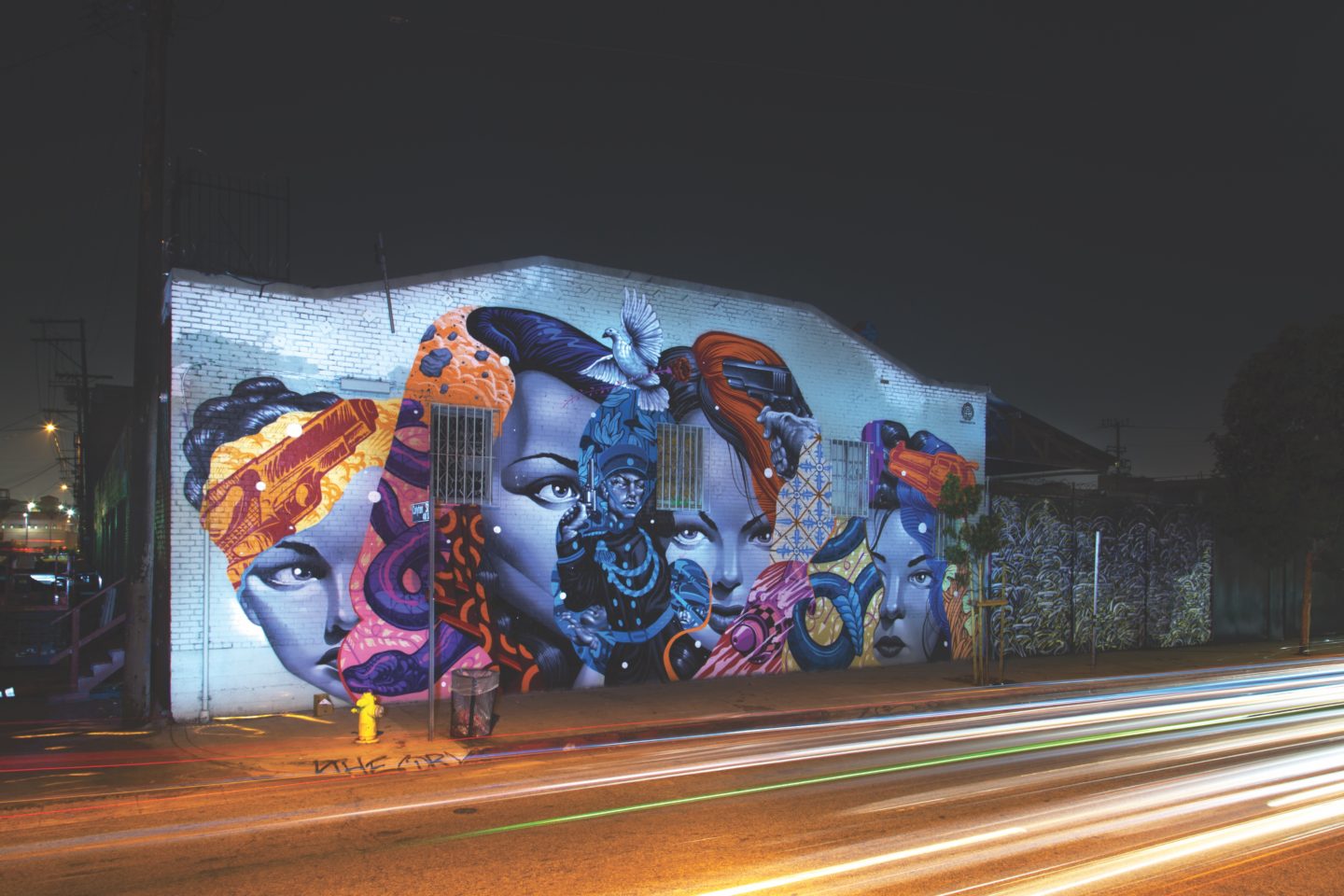
All at Once, on Display
Flash forward to today, Eaton’s work now ranges from pocket-sized, designer toys to absolutely massive, sky-scraping murals, with collaborators ranging from the biggest cultural icons of today like Marvel and the NFL to some of the most culturally-relevant artists like Shepard Fairey and Ron English. Now displaying a career retrospective (though, wouldn’t this be considered an introspective? He’s not done!) at the Long Beach Museum of Art this month, it’s clear Eaton is still in awe of the process that got him here.
“It’s something I kind of wished for for a long time, and didn’t think was really in the cards… and then the opportunity just fell in my lap.” He told me. “I have an awesome thing going in Long Beach. My godparents live here, and I got to paint a big mural here for Pow Wow 2016, and ever since, Long Beach has become this awesome place for me. The mayor here is extra special. Robert Garcia, he’s one of the youngest mayors in America, and he loves street art! He’s a major ally. I think a lot of it has to do with him, why Long Beach is so friendly to public art.”
Though, he admitted, there’s something special in the air down there.
“You can feel the community here. From the history of Snoop Dogg to Sublime, low-rider culture here, rap culture here… there’s a lot of juice, man.”
So, while returning to Long Beach was especially significant for the artist, the show also provides a bird’s-eye view of the significance of each of the chapters of his career, which couldn’t be fully grasped until this moment.
“In the light box of drawings (in the first room of the show)—there’s about 25 years of ink drawings in there, and I included some faxes—the actual fax copies where you see the copy of the check where I got paid $200 for a logo, and it was all hand done and old fashioned—that’s part of my history.” Eaton told me.
“If there’s anything I want anyone to take away from this exhibition, it’s how long the journey is for any artist. What it takes to really find yourself—that exploration is okay; there is no rush. I see a lot of artists with anxiety about finding their style, or finding success, or finding their place in the world, and you can’t really rush it.
“I knew that, and I settled into whatever river I was in and just floated along so I’d get there eventually—knowing that my paintings weren’t great yet, 10 years ago. I said okay, well, let me just keep floating along and trying to get better and see what happens. I think the show shows that progression—things take detours, but you get there in the end.
“From my perspective, in the shoes I was in, I was seeing like chapters, where I would say, ‘Okay, right now there is a lot of demand for me to be a Creative Director. I can do logos, help with the intersection of brands and graffiti wanting to work together. Maybe that’s what I’m destined for; let’s give it a shot.’ The chapters I’m talking about would be me saying, ‘Okay, let me try this avenue for three-to-five years and see where it goes.’ When it feels like it’s expired, or I’m not happy, then I move on.
“But I’ve allowed myself the freedom to have chapters where I can say ‘Okay this might not be me forever, but I’m going to try it and see where it goes, see if it’s fruitful,’ but knowing when to pull the parachute when it’s not working. That’s kind of the way I look back on my career; it’s been all these examples of trying something new to find out something about myself. Each of these chapters has brought to the people in my life different opportunities, different skills, that I can bring to what I’m doing now at the current part of the story.”
You can tell he’s seeing all of his skills from a higher perspective now, and is reigniting what feels right, or more importantly, good, for him.
“I took a break from toys for a very long time, and am now returning, as I’m able to kind of tell my full story so that people that know my murals and street art can learn about my toys, and the people that know my toys can learn about my secret identity in street art,” he explained. “That’s my dream (now)—to make large, public sculptures and make editions from it in vinyl and merge all those worlds together. The show debuted three new sculptural pieces that I’m working on.”
Let me tell you, the new pieces are incredible, but don’t take my word for it. If you’re in Southern California, get down to the Long Beach Museum of Art before October 3—this isn’t one you can miss.

You may like
-
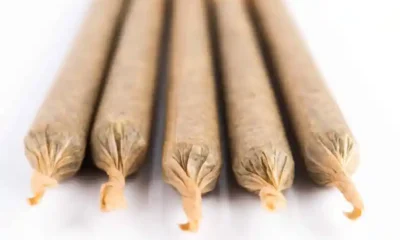

New York Cannabis Control Board Approves 101 New Adult-Use Licenses
-


Killer Pharmacist Who Diluted Life-Saving Drugs To Be Freed From Prison
-


Doctors Join Call To Regulate Intoxicating Hemp Cannabinoids
-
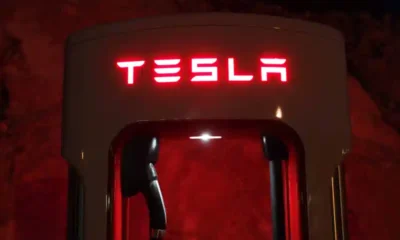

Is Your Tesla Self-Driving Car Narcing You Out?
-
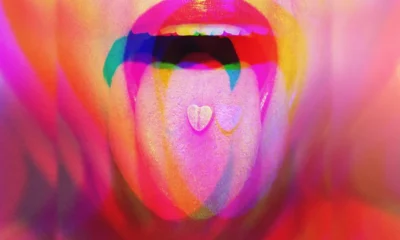

Psychedelics Offer Long-Term Improvement in Sexual Functioning, Enjoyment
-


March Marks New High for Cannabis Sales in Michigan
